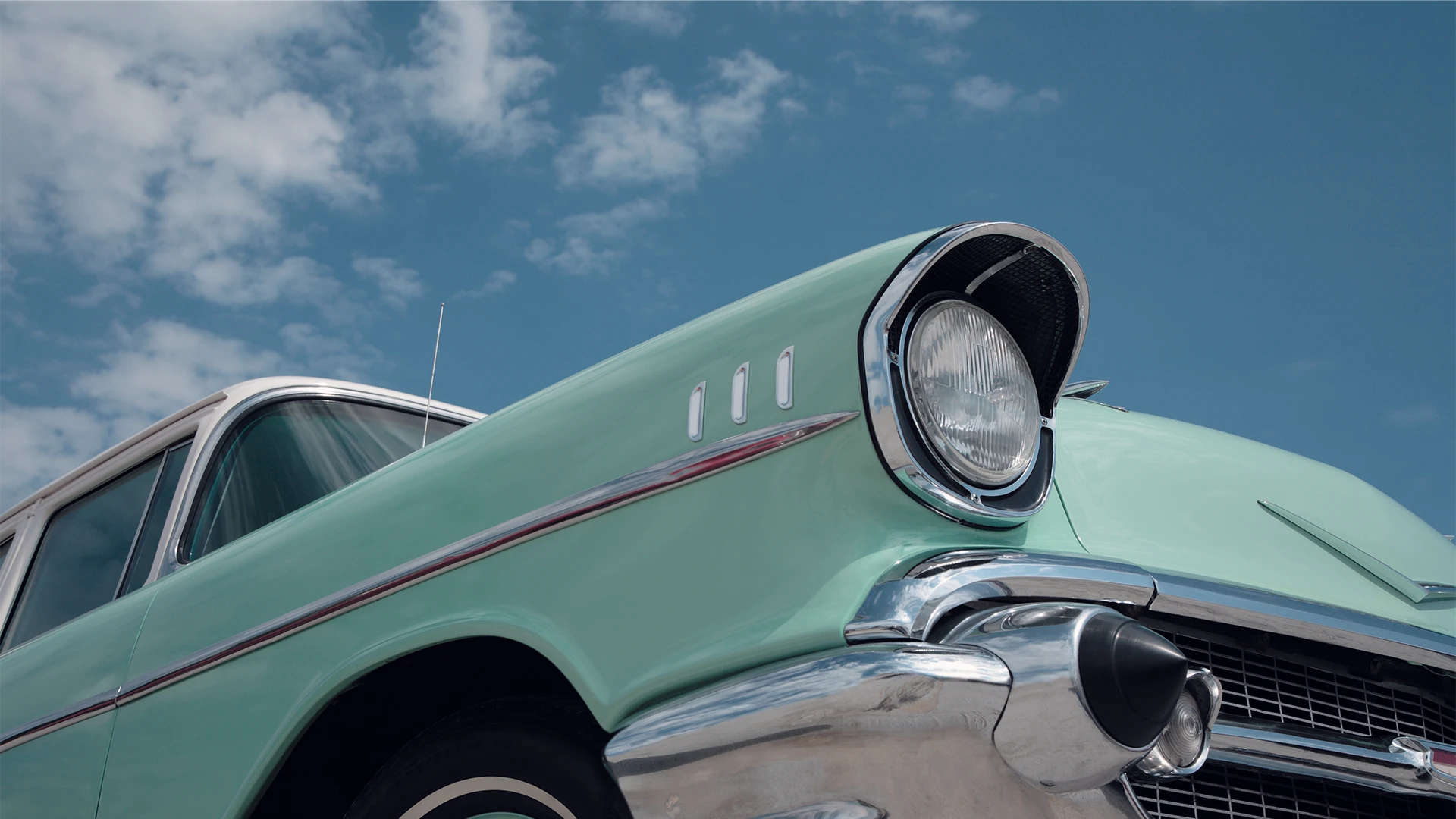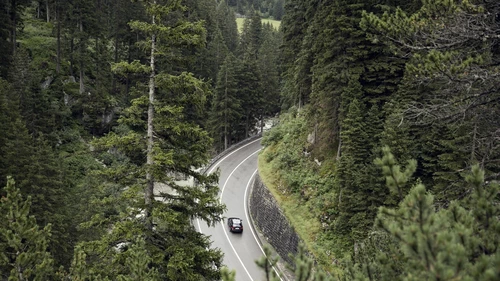
- Name:
- Helge J. Pedersen
- Title:
- Group Chief Economist, Nordea
Helge J Pedersen
Donald Trump started his trade war against the rest of the world at a press conference in the White House Rose Garden. The vision of bringing the car industry back to the US will one day go down in history as a nostalgic mirage.

It almost felt like a scene from the Soviet era when Donald Trump at the press conference on new worldwide tariffs suddenly summoned retired car worker Chris Vitale to the podium to praise the president and his visions of bringing car production back to the US.
This scene perhaps captures Trump’s slogan ”Make America Great Again” better than anything else. In the US, the car industry is the very symbol of the country’s economic golden age. It was in Detroit that the world’s first mass-produced car, the Ford T, rolled off the assembly line in 1908 and laid the groundwork for gigantic success. And it was in the 1950s and 1960s, when Trump himself was young, that the “land yachts” – those big American cars with chromed front grilles and flashy exteriors – became the very image of the free and prosperous US that the rest of the Western world looked up to.
But as so often happens, what goes up must come down. During the so-called Wirtschaftswunder in the 1950s, West Germany developed into an economic hub where car production played a key role. Brands like VW, BMW, Audi, Mercedes and not least Porsche quickly became worthy competitors to the US car manufacturers – also in their home market. Quality was high – and over time, the prestige of owning a German car also increased. It was no coincidence that in 1970 Janis Joplin recorded the song “Mercedes Benz” about the illusory happiness that is sought through the pursuit of material goods:
Oh Lord, won’t you buy me a Mercedes Benz?
My friends all drive Porsches, I must make amends
Worked hard all my lifetime, no help from my friends
So, oh Lord, won’t you buy me a Mercedes Benz?
Then the Japanese and Korean car manufacturers followed suit. After a sluggish start, brands such as Toyota, Honda and Hyundai managed to capture a large share of the US market. Today, these three brands account for over a third of all passenger car sales in the US – more than GM and Ford combined.
Competition in the car industry has been fierce for decades, leading to a wave of cross-border mergers and joint ventures and globally integrated supply chains.
Competition in the car industry has been fierce for decades, leading to a wave of cross-border mergers and joint ventures and globally integrated supply chains. Large parts of the cars sold today in the US are assembled at factories in Mexico, Canada and the US and often cross national borders several times during production. The chips that make the high-tech and sustainable cars work are typically produced in Taiwan and Korea. And in Europe, where the car industry is experiencing massive challenges due to stricter environmental requirements and rising energy costs, Volkswagen had to enter into a strategic collaboration with China’s Xpeng to find a way out of a historic crisis.
China has generally established itself firmly in the market for electric cars, also in Denmark. However, their presence is largely absent in the US after the Biden administration imposed a 100% tariff on them already last year. This is significantly more than in Europe where a more nuanced approach has been taken: Chinese-made Teslas are thus subject to only 7.8% tariffs, while tariff rates for BYD, Geely (Volvo, Polestar, Lotus and Lynk & Co.), Xpeng and SAIC (Maxus, MG and Roewe) range from 17% to more than 35%.
The more cautious European strategy stems primarily from Germany’s reluctance to jeopardize its relationship with China. In recent years, China has become an extremely important export market for Germany. And if we look specifically at the car industry, Germany’s exports of cars to China are actually three times larger than imports from China. However, the German car industry also argues that the import of Chinese electric cars contributes positively to Europe’s green transition.
The point is that global interaction and competition benefit all parties involved and have been the direct cause of the car industry evolving to new heights. Better, safer, cheaper and more environmentally friendly cars created through international cooperation and free trade. Times dominated by protectionism and high tariff walls should be a thing of the past. Fortunately, most of the world’s leaders are well aware of this – and they are now standing together to ensure growth and jobs through cooperation.
What remains is Trump’s vision for the car industry as it was presented in the Rose Garden. A vision that will one day be remembered as a nostalgic mirage. The severity of the consequences of his decision to challenge the free trade doctrine will become clearer over the coming months, quarters and years.


Sustainability
Amid geopolitical tensions and fractured global cooperation, Nordic companies are not retreating from their climate ambitions. Our Equities ESG Research team’s annual review shows stronger commitments and measurable progress on emissions reductions.
Read more
Sector insights
As Europe shifts towards strategic autonomy in critical resources, Nordic companies are uniquely positioned to lead. Learn how Nordic companies stand to gain in this new era of managed openness and resource security.
Read more
Open banking
The financial industry is right now in the middle of a paradigm shift as real-time payments become the norm rather than the exception. At the heart of this transformation are banking APIs (application programming interfaces) that enable instant, secure and programmable money movement.
Read more